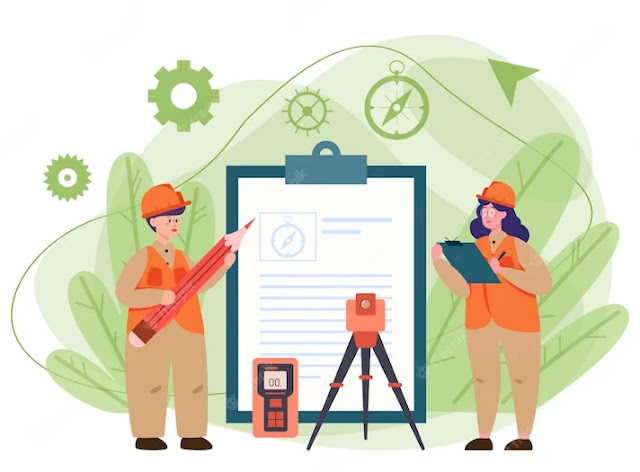Maintenance and Inspection: A Survey of Utility Practices
In today's quick-paced environment, taking essential utilities such as electricity for granted is easy. Behind the scenes, utility companies work tirelessly to ensure the smooth functioning of their infrastructure, providing us with an uninterrupted power supply. Maintenance and inspection are critical aspects of their operations, which are crucial in identifying and addressing potential issues before they escalate. This article will delve into the realm of utility practices, with a specific focus on quality pole inspection and maintenance.

Understanding the Importance of Maintenance and Inspection
Maintenance and inspection are indispensable components of utility operations. These practices ensure the infrastructure's reliability, safety, and longevity. Regular maintenance and inspection routines allow utility companies to identify and rectify potential faults, preventing unforeseen disruptions and ensuring customer satisfaction. Utilities can minimize downtime, optimize system performance, and effectively manage resources by staying proactive. Utility companies can proactively address issues before they escalate by prioritizing maintenance and inspection, safeguarding public safety, and minimizing environmental impact. Such diligence ensures uninterrupted service delivery and promotes sustainable infrastructure management for a better future.
The Role of Quality Pole Inspection
Poles are the backbone of power distribution networks, supporting the electrical cables that transmit electricity to homes and businesses. Regular inspections on utility poles are crucial to maintain structural integrity and prevent hazards. A quality pole inspection and maintenance involves comprehensively evaluating each pole's condition and assessing factors such as age, material degradation, insect infestations, and environmental impacts. These inspections help utility companies identify poles that require maintenance, repair, or replacement.
Techniques Employed in Quality Pole Inspection
Utility companies employ various techniques to conduct thorough pole inspections. One commonly used method is visual inspection, where inspectors examine poles for visible signs of damage, such as cracks, rot, or leaning. Advanced technologies, such as pole-mounted cameras and drones, are increasingly used to capture detailed images and videos for analysis. These techniques enable inspectors to gather accurate data and make informed maintenance and replacement strategies decisions. Utility companies utilize diverse techniques for comprehensive pole inspections. Visual inspections involve scrutinizing poles for visible signs like cracks, rot, or leaning. Advanced technologies like pole-mounted cameras and drones capture detailed images and videos, aiding accurate data collection and informed maintenance and replacement strategies decisions.
Implementing Preventive Maintenance Programs
To ensure the reliability of their infrastructure, utility companies often implement preventive maintenance programs. These programs involve routine inspections and maintenance tasks to identify and address potential issues before they escalate. Regular cleaning, repairing poles against wood decay, and replacing damaged hardware are standard preventive measures. By adopting such proactive approaches, utilities can mitigate risks, extend the lifespan of poles, and reduce the likelihood of unexpected failures.
Leveraging Technological Advancements
Technological advancements have revolutionized utility practices, including maintenance and inspection, in recent years. Utility companies are increasingly embracing digital tools and automation to streamline their operations. For pole inspections, technologies like artificial intelligence (AI) and machine learning (ML) are used to analyze large datasets and identify patterns indicative of potential pole failures. This data-driven approach enables utilities to prioritize maintenance efforts, allocate resources efficiently, and enhance overall system performance.
Conclusion
Quality pole inspection and maintenance practices are vital for utility companies to ensure the reliable delivery of electricity to consumers. It plays a critical role in identifying potential hazards and maintaining the integrity of power distribution networks. Utilities can enhance system reliability, reduce downtime, and provide better customer service by embracing proactive maintenance programs and leveraging technological advancements. Ultimately, investing in maintenance and inspection safeguards the infrastructure and contributes to the overall well-being and satisfaction of the communities they serve.

No comments